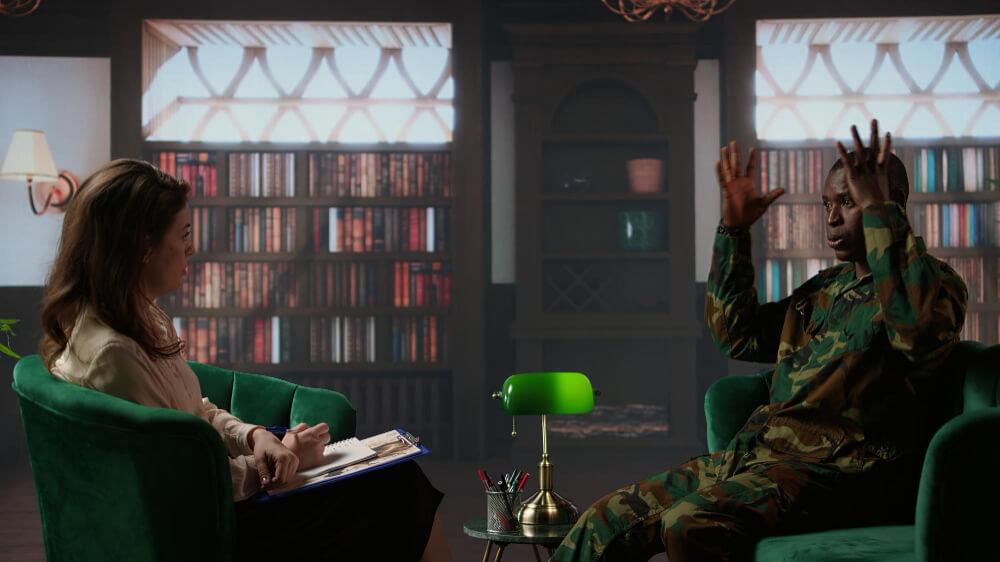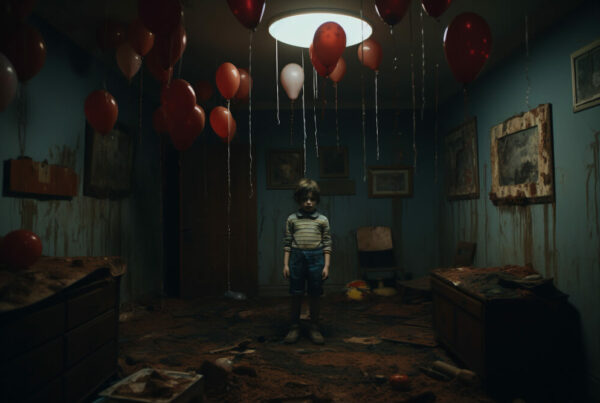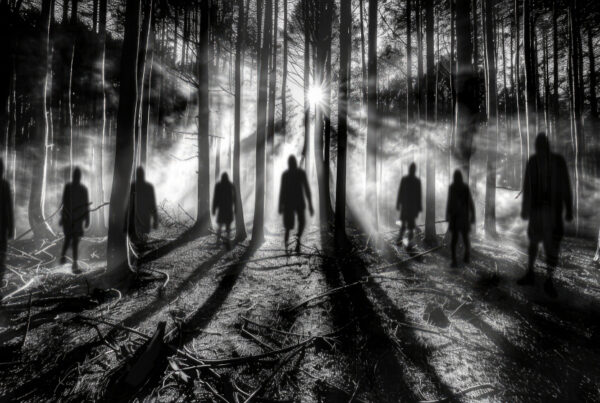Introduction
Horror is a genre as diverse as it is expansive, encompassing a wide range of subgenres that explore different facets of fear and terror. Each subgenre has its own unique characteristics, themes, and storytelling techniques that appeal to various audiences. This blog aims to provide a comprehensive guide to the major subgenres of horror, examining their origins, key elements, and notable films. By understanding these subgenres, we can better appreciate the multifaceted nature of horror cinema.
1. Psychological Horror
Psychological horror focuses on the emotional and mental states of characters, often blurring the lines between reality and illusion. This subgenre delves into the fears that arise from within the human mind, exploring themes of paranoia, obsession, and madness.
Key Characteristics
- Character-Centric: The story is often driven by the psychological struggles of the protagonist rather than external threats.
- Atmospheric Tension: Psychological horror relies on suspense, ambiguity, and unsettling atmospheres to evoke fear.
- Reality vs. Illusion: This subgenre frequently challenges the audience’s perception of reality, leaving them questioning what is real and what is a manifestation of the characters’ minds.
Notable Films
- “Psycho” (1960): Alfred Hitchcock’s classic is a prime example of psychological horror, showcasing the unraveling mind of Norman Bates and the chilling effects of trauma.
- “Black Swan” (2010): Darren Aronofsky’s psychological thriller explores the mental deterioration of a ballerina as she strives for perfection, intertwining themes of identity and obsession.
2. Supernatural Horror
Supernatural horror involves elements that transcend the laws of nature, such as ghosts, demons, and otherworldly beings. This subgenre plays on fears of the unknown and the possibility of a reality beyond our understanding.
Key Characteristics
- Otherworldly Elements: Stories often include ghosts, spirits, or demonic forces that haunt or possess characters.
- Mystery and Intrigue: Supernatural horror often revolves around uncovering mysteries related to the supernatural elements.
- Religious and Mythological Themes: Many supernatural horror films draw upon religious or mythological beliefs, exploring the battle between good and evil.
Notable Films
- “The Exorcist” (1973): This film remains one of the most iconic supernatural horror films, depicting the possession of a young girl and the battle between a priest and demonic forces.
- “Hereditary” (2018): Ari Aster’s film delves into themes of family trauma and supernatural curses, blending psychological horror with supernatural elements.
3. Slasher Horror
Slasher horror centers around a killer who stalks and murders a group of people, often using gruesome methods. This subgenre is known for its formulaic structure, featuring a “final girl” who confronts the killer in the end.
Key Characteristics
- Masked Killers: Slasher films typically feature a central villain, often masked or disfigured, who embodies the threat.
- Teenage Victims: The protagonists are often teenagers or young adults, with their behavior contributing to their fates.
- Graphic Violence: Slasher films are known for their explicit depictions of violence and gore, using special effects to shock audiences.
Notable Films
- “Halloween” (1978): Directed by John Carpenter, this film introduced the character of Michael Myers and set the standard for the slasher genre.
- “A Nightmare on Elm Street” (1984): Wes Craven’s film features Freddy Krueger, a killer who invades the dreams of teenagers, blending supernatural elements with slasher tropes.
4. Found Footage Horror
Found footage horror presents the story through supposedly discovered video recordings, creating a sense of realism and immediacy. This subgenre often blurs the line between fiction and reality, immersing the audience in the narrative.
Key Characteristics
- First-Person Perspective: The story is often told from the viewpoint of characters who are documenting their experiences.
- Raw and Unpolished: The visual style mimics amateur footage, enhancing the authenticity of the story.
- Realistic Scares: The format creates a sense of urgency and vulnerability, making the scares feel more immediate.
Notable Films
- “The Blair Witch Project” (1999): This groundbreaking film popularized the found footage style, telling the story of a group of filmmakers who encounter a mysterious force in the woods.
- “Paranormal Activity” (2007): This film uses surveillance footage to create a sense of dread and suspense, leading to a chilling conclusion.
5. Body Horror
Body horror focuses on the physical transformation or mutilation of the human body, exploring themes of identity, decay, and bodily autonomy. This subgenre often elicits visceral reactions from viewers, combining horror with disgust.
Key Characteristics
- Physical Transformation: Characters may undergo grotesque changes, such as mutations or injuries.
- Themes of Control: Body horror often examines the loss of control over one’s body, reflecting fears surrounding illness, aging, and mortality.
- Graphic Visuals: This subgenre is known for its graphic depictions of bodily harm and transformation.
Notable Films
- “The Fly” (1986): Directed by David Cronenberg, this film tells the story of a scientist who transforms into a fly after a failed experiment, exploring themes of identity and decay.
- “Tetsuo: The Iron Man” (1989): This Japanese film combines body horror with cyberpunk elements, depicting a man’s transformation into a metal creature, reflecting societal anxieties about technology.
6. Folk Horror
Folk horror draws upon rural settings, folklore, and traditional beliefs to create a sense of unease. This subgenre often explores the clash between modernity and ancient customs, highlighting the fears associated with the unknown.
Key Characteristics
- Rural Settings: The story often takes place in isolated, rural environments, creating a sense of confinement
- Folklore and Mythology: Folk horror incorporates elements from local folklore, exploring themes of superstition, tradition, and community.
- Atmospheric and Unsettling: The tone is often atmospheric, building tension through a sense of dread rather than explicit scares.
Notable Films
- “The Wicker Man” (1973): This British film explores pagan rituals and beliefs on a remote Scottish island, culminating in a shocking climax that highlights the tension between modernity and tradition.
- “Midsommar” (2019): Ari Aster’s film takes place in a secluded Swedish village during a midsummer festival, blending folk horror with themes of grief and relationships.
Conclusion: The Rich Tapestry of Horror Subgenres
The horror genre is a rich tapestry woven from various subgenres, each with its own distinct characteristics, themes, and storytelling techniques. From psychological horror’s exploration of the mind to supernatural horror’s engagement with the unknown, each subgenre offers unique experiences that resonate with audiences.
Understanding these subgenres not only enhances our appreciation for horror cinema but also allows us to explore the deeper themes and societal reflections embedded in the narratives. As filmmakers continue to innovate and experiment within the genre, the future of horror remains bright, promising new stories that challenge our perceptions and push the boundaries of fear.Whether you prefer the chilling atmosphere of psychological horror, the thrill of slasher films, or the unsettling depths of folk horror, there’s a subgenre for every horror enthusiast. As we continue to navigate the complex landscape of fear and terror, the evolution of horror will undoubtedly provide endless opportunities for exploration and engagement.





